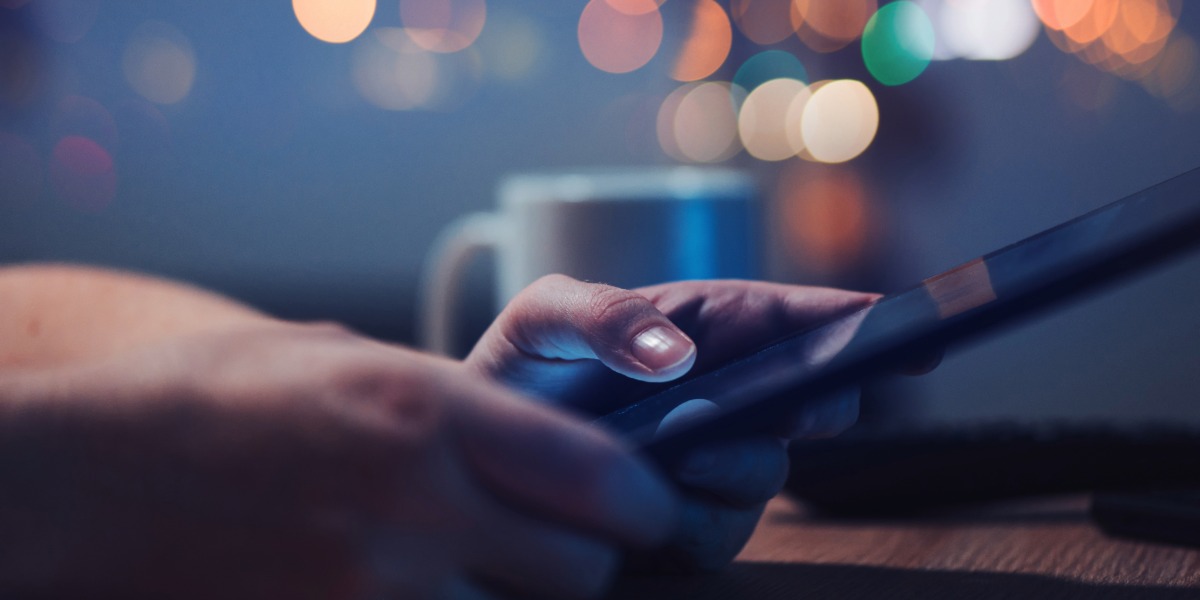- Adverse news from all corners of the globe is fuelling a vicious circle of worry and anxiety, exacerbated by the shift in how people consume media through easily accessible digital platforms
- Younger Aussies (aged 15-34) are now experiencing the highest prevalence of anxiety (22%)1, with global anxiety continuing to steadily increase
- To address the growing mental health impacts of over-consumption of negative events, South Pacific Private is encouraging Australians to complete their online anxiety self-assessment
Since the global outbreak of COVID-19, the world has experienced an influx of crises. In the past year alone, war, political extremism, rising rates of violence, the escalating cost of living and the uncertain future of AI have dominated headlines and continue to do so. It’s no surprise that the constant stream of negative news and sentiment from around the world is fuelling a vicious cycle of worry and anxiety.
While the world has always faced devastating events, the key difference today lies in the unprecedented accessibility of global affairs driven by social media, the internet and evolving technology. As 20% of Australians are now turning to social media as their primary news source2, this over-consumption of negative news is exacerbated by the speed, convenience and constant stream of commentary that social media amplifies.
As the accessibility of global events has climbed, so too has the global prevalence of anxiety disorders, rising from 3.7% in 1990 to 4.4% in 20213, affecting 301 million people3.
With nearly one in five individuals (17%, or 3.4 million people)1 having experienced an anxiety disorder in Australia, constant exposure to negative news and events from around the world exacerbates feelings of nervousness, worry and concern for the future.
Compounding the issue, recent studies suggest anxiety symptoms are now emerging earlier in life, with those aged 15 to 34 years old now experiencing the highest prevalence of anxiety (22%)1.
Diane Young, Psychotherapist and Counsellor at South Pacific Private, comments, “In the age of instant updates and endless feeds, the sheer volume and velocity of information can leave people feeling overwhelmed, making it harder to engage with the news in a thoughtful and healthy manner.
“The rise in anxiety disorders among youths is troubling but not surprising, given that this age group is sourcing their news updates through easily accessible online media or their own social media circles. Once the cycle starts it’s difficult to break free from it as this over-consumption, especially of negative information, can exacerbate disconnection and isolation which in turn feeds anxiety,” Ms Young adds.
Unaddressed anxiety, particularly if left untreated over an extended period, can lead to harmful physiological and psychological risks such as cardiovascular disease, depression or behaviours such as increasing alcohol use, medication overuse, online gambling or compulsive gaming.
Leah Hammond, General Manager at South Pacific Private says being aware of how overexposure to negative content can impact mental health is a crucial first step.
“With triggers that exist so far out of a person’s control such as global news and current affairs, it can be difficult for individuals to find grounding and comfort. Yet, despite the feelings of helplessness that this kind of anxiety can create, there are always additional factors at play which, with professional help, can be addressed to ease the symptoms and effects of anxiety. We have an easy-to-use self-assessment for anxiety on our website to help people understand anxiety better and therefore find the right support.”
“We have been treating people with anxiety disorders at South Pacific Private for more than 30 years. This modern manifestation of anxiety can significantly disrupt an individual’s family, social and school or working life if left untreated. An important message for those experiencing the signs and symptoms of anxiety is that this goes beyond simply breaking scrolling habits. Those experiencing heightened anxiety due to excessive consumption of negative content should fill out our self-assessment for anxiety to better understand the condition and therefore find the right support,” Ms Hammond says.
To address the growing mental health impacts of over-consumption of negative events, South Pacific Private is encouraging Australians to complete their online anxiety self-assessment. Beyond breaking the habit itself, it’s crucial to understand and address the underlying emotional triggers of anxiety to prevent further mental or physical health issues. For more information, head to southpacificprivate.com.au.
Got something on your mind? Go on then, engage. Submit your opinion piece, letter to the editor, or Quick Word now.

